Showing 851–860 of 1163 results

Sarada script has a pride of place among the Indian scripts. Though an alphabet of Kashmir par exellence, it remained for several centuries a popular script of north-western India and an extensive area around it. This book deals with the development of this script and its descendants, the Devasesaa and Takari scripts.
Among the Indian scripts the Sharada script has a pride of place. Though an alphabet of Kashmir par excellence it remained for several centuries a popular script of an extensive area of north-western India including Afghanistan, Gandhara or north-western Pakistan, the Darad territories of Gilgit, Chilas and Chitral, Ladakh, Jammu, Himachal Pradesh and Delhi. The epigraphic and literary records written in the Sharada script that have surfaced in these regions have thrown welcome light on many facets of the history and culture of the area of their provenance. Nearly the entire extant manuscripts of Sanskrit works including those on science, mathematics and erotics besides some old Kashmiri texts are written in this script. The Sharada alphabet was replaced in the 13th century by its descendant, the Devashesha, which in turn gave rise to the modern alphabet of Takari. The epigraphic, literary and other valuable documents of Himachal Pradesh available are mostly written in Devashesha and Takari. But it is sad that the number of scholars having a sound knowledge of the Sharada and Takari scripts is extremely small. There is every apprehension of the complete loss of these two scripts unless serious measures are taken to disseminate the knowledge under the guidance of the epigraphy stalwart to our younger generation of scholars. The entire study of the present work is based on original records and is comprehensively illustrated by palaeographic tables and charts prepared from published facsimilies, photographs, and original inscriptions and manuscripts. To give an idea of the records written in these two scripts, printed photographs of the inscriptions, manuscripts, documents, etc. have been given at the end of the book. It is hoped that the book would serve as a guide and an aid for the scholars interested in the study of the important and valuable records written in Sharada and Takari scripts which are otherwise preserved in museums and libraries in India and abroad.
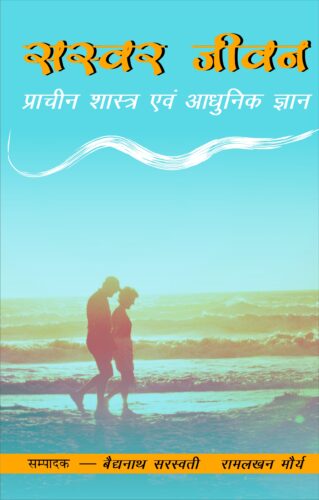
This book explains the concept of life across different religions Þ Hindu, Buddhist, Jaina, Muslim and Christian Þ based on Shastras; life and its essence based on Upanisads, Gita, and other Shastric and Puranic teachings; and attempts to understand life in a scientific way with the help of modern science, along with the mysteries of life from various angles.
This book, divided into three parts, presents the independent thoughts of distinguished scholars on the satiety of life, its various styles and meanings in reference to religion and scriptures vis-à-vis modern science. The essays in the first part, based on the Shastras, try to explain the conception of life in Hindu, Buddhist, Jaina, Muslim and the Christian religions. The second part aims to understand the subject of Life and also to explain its essence on the basis of the Upanishads, Gita and other Shastric and Puranic teachings. The writings focus on, among other things, the mystery of life and death, the regularity of life, the effect of music on life, and the calculation of life on the basis of astrology. The third part (Modern Science) is a sincere attempt to understand life with a scientific approach. A logical explanation has been crafted on dependence on each other in life analyzing several literary references. This part discusses two aspects of life internal and external, life from a void to infinity, life being always out of bounds of time, life in a continuous flow of thoughts in Indian philosophy, etc. This anthology tries to explain the mysteries of life from various angles and will prove to be benefical to the researchers and students of Indian culture.
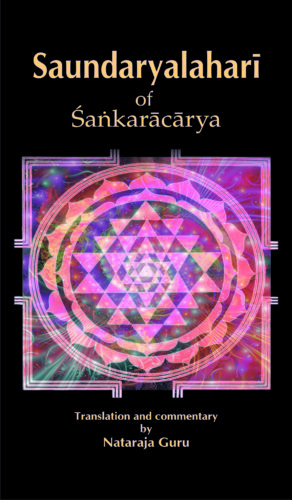
This detailed commentary views the Saundaryalahari compilation of 100 verses in praise of the Devi as Advaita Vedanta itself. The absolute joy of Advaita is presented in a pictorial language, subjectively as ananda, and objectively as saundarya.
The Saundaryalahari has fascinated and puzzled generations of scholars and laypersons; subject to continuing study and debate, till today, such details as the authorship of the 100 verses named the Saundaryalahari remain a matter of contention, particularly among scholars. While some attribute it to Shankara, others argue that the Saundaryalahari’s verses in praise of the Devi cannot have been authored by this staunch Vedantin; some argue that its value is essentially in the realm of what is loosely called “tantra,” while others extend the significance of the Saundaryalahari to include the preoccupations of Vedanta. Nataraja Guru is unequivocal in his belief that none other than Shankara could have composed this masterpiece of mystical poetry and identifies internal evidence in the verses themselves to support this view. The detailed commentary views the Saundaryalahari as Advaita Vedanta itself. The absolute Joy of Advaita is presented in a pictorial language, subjectively as ananda, and objectively as saundarya.

This detailed commentary views the Saundaryalahari compilation of 100 verses in praise of the Devi as Advaita Vedanta itself. The absolute joy of Advaita is presented in a pictorial language, subjectively as ananda, and objectively as saundarya.
The Saundaryalahari has fascinated and puzzled generations of scholars and laypersons; subject to continuing study and debate, till today, such details as the authorship of the 100 verses named the Saundaryalahari remain a matter of contention, particularly among scholars. While some attribute it to Shankara, others argue that the Saundaryalahari’s verses in praise of the Devi cannot have been authored by this staunch Vedantin; some argue that its value is essentially in the realm of what is loosely called “tantra,” while others extend the significance of the Saundaryalahari to include the preoccupations of Vedanta. Nataraja Guru is unequivocal in his belief that none other than Shankara could have composed this masterpiece of mystical poetry and identifies internal evidence in the verses themselves to support this view. The detailed commentary views the Saundaryalahari as Advaita Vedanta itself. The absolute Joy of Advaita is presented in a pictorial language, subjectively as ananda, and objectively as saundarya.

It is a comprehensive study of the life and works of Sayyid Abul ÿasan `Ali Nadwã, an important scholar of his time with significant contribution to contemporary Islamic thought, discussing his major writings concerned with the themes like primacy of the Qur’àn and the sunnah as harbingers of world civilisation.
The volume presents a comprehensive study of the life and works of Sayyid Abul Hasan Ali Nadwi (1913-1999). Sayyid Abul Hasan Ali Nadwi is seen as an important scholar in the modern Islamic resurgence who has made significant contributions to contemporary Islamic thought. He was one of the few Indian ulama to have taken seriously the dynamic role of Islam in a multi-religious society. The book discusses the early life, family and education of the scholar and his major writings that are concerned with the themes of the primacy of the Quran and the sunnah as harbingers of world civilisation, ishlah (reform) and tajdid (revival) as anchors of Islamic resurgence, the methodological approach of dawah, Islam and the West, and Islamic order in an Indian setting. With quotations and references from published translations of his Urdu and Arabic works including his autobiography, it details the importance of his coherent approach to the diversity of issues in the twentieth century and the importance of his autobiography Karwan in this context. It deals with his participative role in the Indian mainstream activities, examining the social and spiritual crises facing Muslims. With an overview of contemporary Islamic movements, it takes up his relationship with and contribution to the Tabligh Jamaat, a global movement founded by Mawlana Ilyas noted for its reformist trends.
The book will undoubtedly be of interest to scholars and students of Islamic studies.
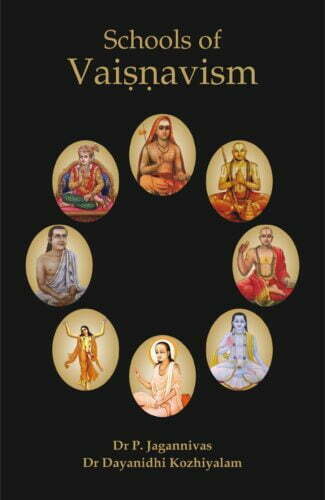
The book provides a detailed study of the Vaisnava acaryas such as Sri Ramanuja, Sri Nimbarka, Sri Madhvacarya, Sri Caitanya, Sri Vallabha, Sri Sankaradeva and Sri Swami Narayana and their religious philosophies vis-à-vis Sri Sankara’s jnana theory.
The book provides a detailed study of the acaryas such as Sri Sankara, Sri Ramanuja, Sri Nimbarka, Sri Madhvacarya, Sri Caitanya, Sri Vallabha, Sri Sankaradeva and Sri Swami Narayana and their philosophies. The schools of Vaisnavism belonging to these venerable acaryas primarily promulgate for the seeker an alternate method which emphasizes that samsara is real, liberation is real, and worship and meditation are equally real, not mock battles. God is accepted as the Ultimate Reality – merciful and gracious, the seat of all auspicious attributes – by whose grace alone one can be freed from the bondage of samsara. These schools are well established in the Vedas and do not make a distinction between the Absolute (Brahman) and God (ISvara) or equate jiva with Brahman. Most of these schools, identify ISvara or Brahman with Visnu, who has a particular form (Catur-Bhujam, Sanku-Cakra, etc.) which distinguishes Him from other gods. All the acaryas of the schools of Vaisnavism had Lord Mahavisnu as the Supreme Reality, but for each one of them the Lord presented Himself in a different form. For example, for Sri Ramanuja, it was Sriman Narayana, for Sri Nimbarka, Sri Vallabha and Sri Caitanya it was Sri Krsna and for Sri Ramananda it was Sri Rama.
This volume should invoke keen interest in the philosophical community and among the followers of Vaisnava Sampradaya, along with a wide range of students, researchers and teachers of all religious philosophies.

The book provides a detailed study of the Vaisnava acaryas such as Sri Ramanuja, Sri Nimbarka, Sri Madhvacarya, Sri Caitanya, Sri Vallabha, Sri Sankaradeva and Sri Swami Narayana and their religious philosophies vis-à-vis Sri Sankara’s jnana theory.
The book provides a detailed study of the acaryas such as Sri Sankara, Sri Ramanuja, Sri Nimbarka, Sri Madhvacarya, Sri Caitanya, Sri Vallabha, Sri Sankaradeva and Sri Swami Narayana and their philosophies. The schools of Vaisnavism belonging to these venerable acaryas primarily promulgate for the seeker an alternate method which emphasizes that samsara is real, liberation is real, and worship and meditation are equally real, not mock battles. God is accepted as the Ultimate Reality – merciful and gracious, the seat of all auspicious attributes – by whose grace alone one can be freed from the bondage of samsara. These schools are well established in the Vedas and do not make a distinction between the Absolute (Brahman) and God (ISvara) or equate jiva with Brahman. Most of these schools, identify ISvara or Brahman with Visnu, who has a particular form (Catur-Bhujam, Sanku-Cakra, etc.) which distinguishes Him from other gods. All the acaryas of the schools of Vaisnavism had Lord Mahavisnu as the Supreme Reality, but for each one of them the Lord presented Himself in a different form. For example, for Sri Ramanuja, it was Sriman Narayana, for Sri Nimbarka, Sri Vallabha and Sri Caitanya it was Sri Krsna and for Sri Ramananda it was Sri Rama.
This volume should invoke keen interest in the philosophical community and among the followers of Vaisnava Sampradaya, along with a wide range of students, researchers and teachers of all religious philosophies.
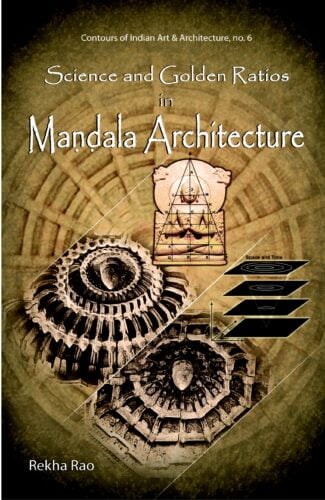
The book throws light on the structural, philosophical and scientific perspectives of mandala designs of temples, and explores the relationship between spiritual ideas and the ideas of scientific advancement as exhibited in the mandalas of ancient temples.
Indian temples are a rich repository of the religious, cultural, and artistic life of the society. Of special importance here are the circular, intricate, and artistic patterns called the mandalas, which are placed in the bhuvaneshvari of the temple that is conceived as the microcosmic representation of the cosmos in a temple.
The study of the significance of the mandalas are based on the aspects like symbolism, fractals, numerology, and sacred geometry that are used as codes to reveal the mystery of the universe and the eternal laws that govern the order of the universe. The diagrams of mandalas, concealing vast and grandest knowledge of science and spirituality in an amalgamation, are condensed to simplest graphic designs so that the knowledge of science was accessible to the commoners. The study presents the structural, philosophical and scientific perspectives of some mandalas belonging to the early Calukya, late Calukya and the Hoysala temples of south India. The research work also explores the study of the Golden ratios on which the mandalas and the divine images of the temples are designed.
The book will prove extremely absorbing to scholars concerned with the study of the art and architecture of the ancient divine sculptures.
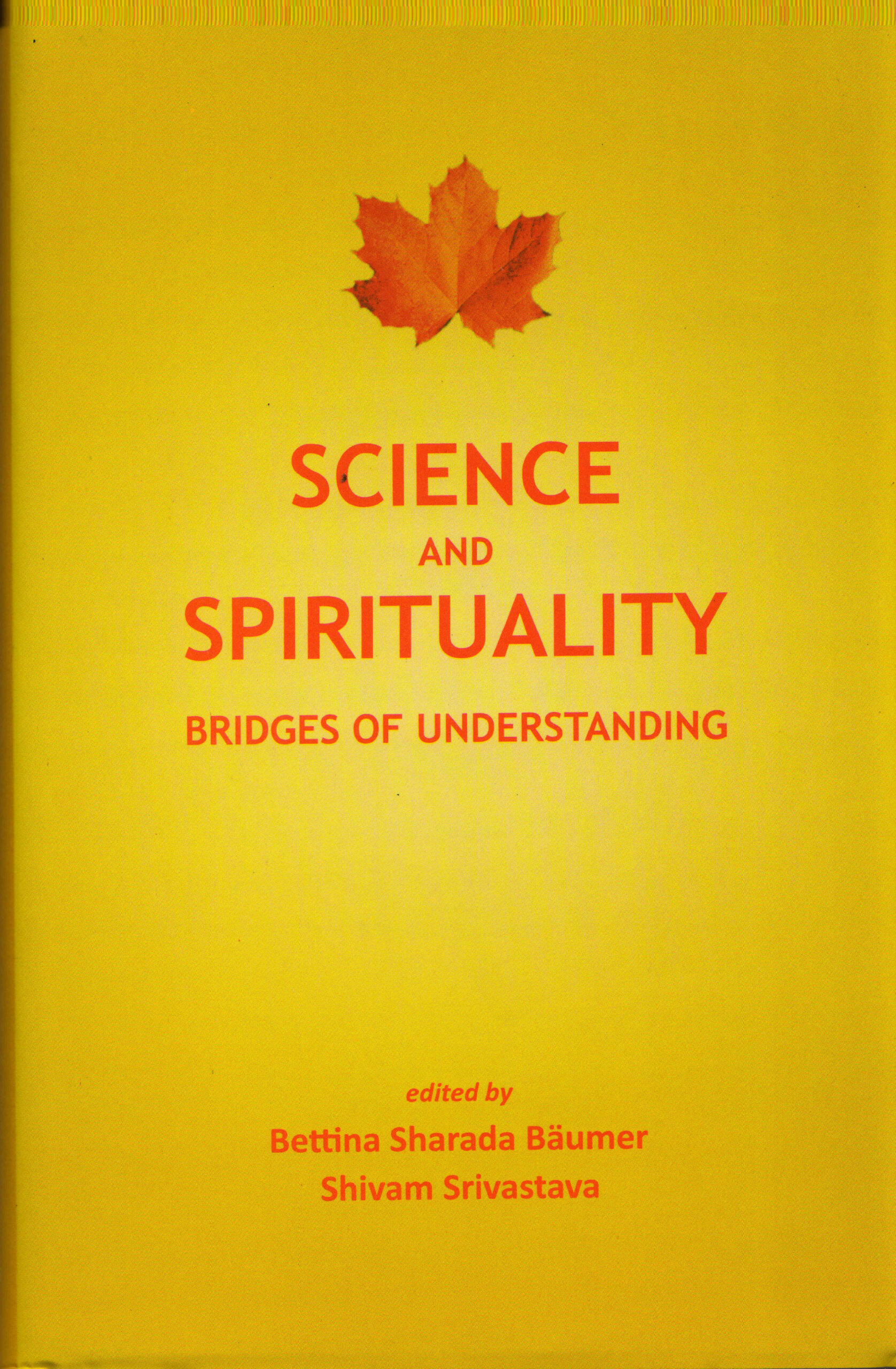
A dialogue between science and spirituality is a necessity in our times where both, differences and mutual enrichment of the two great fields of human approach to reality, are taking place. This volume addresses this need from the perspective of different areas of science and spiritual traditions. The starting point is the intention of the founder of the IIAS, Dr S. Radhakrishnan, who saw that both the practice of science and experience of spirituality are intimately related to being human. Although much thought has gone into their relationship, the present volume intends to broaden and deepen the possibility of a harmonious integration, necessary to overcome the present-day crisis of humanity.
From the side of science, the contributors come from the fields of physics, plant biology, neuroscience, psychology, ecology and philosophy of science; and from the side of spirituality, following traditions and spiritual masters are represented: PÀtaðjala Yoga, Trika aivism of Kashmir, VedÀnta, Buddhism, Christianity, Theosophy, and Rabindranath Tagore, Swami Vivekananda and J. Krishnamurti. The deliberations included topics such as Awareness in plants, Neuroplasticity and Habit, appropriate use of terms such as Consciousness and Energy in different contexts, clarifying several issues concerning the on-going dialogue. The contributing scholars have built bridges of understanding, thus encouraging the reader to proceed further in this quest.
A dialogue between science and spirituality is a necessity in our times where both, differences and mutual enrichment of the two great fields of human approach to reality, are taking place. This volume addresses this need from the perspective of different areas of science and spiritual traditions. The starting point is the intention of the founder of the IIAS, Dr S. Radhakrishnan, who saw that “both the practice of science and experience of spirituality are intimately related to being human”. Although much thought has gone into their relationship, the present volume intends to broaden and deepen the possibility of a harmonious integration, necessary to overcome the present-day crisis of humanity.
From the side of science, the contributors come from the fields of physics, plant biology, neuroscience, psychology, ecology and philosophy of science; and from the side of spirituality, following traditions and spiritual masters are represented: PÀtaðjala Yoga, Trika Œaivism of Kashmir, VedÀnta, Buddhism, Christianity, Theosophy, and Rabindranath Tagore, Swami Vivekananda and J. Krishnamurti. The deliberations included topics such as Awareness in plants, Neuroplasticity and Habit, appropriate use of terms such as “Consciousness” and “Energy” in different contexts, clarifying several issues concerning the on-going dialogue. The contributing scholars have built “bridges of understanding”, thus encouraging the reader to proceed further in this quest.
| There are no products |